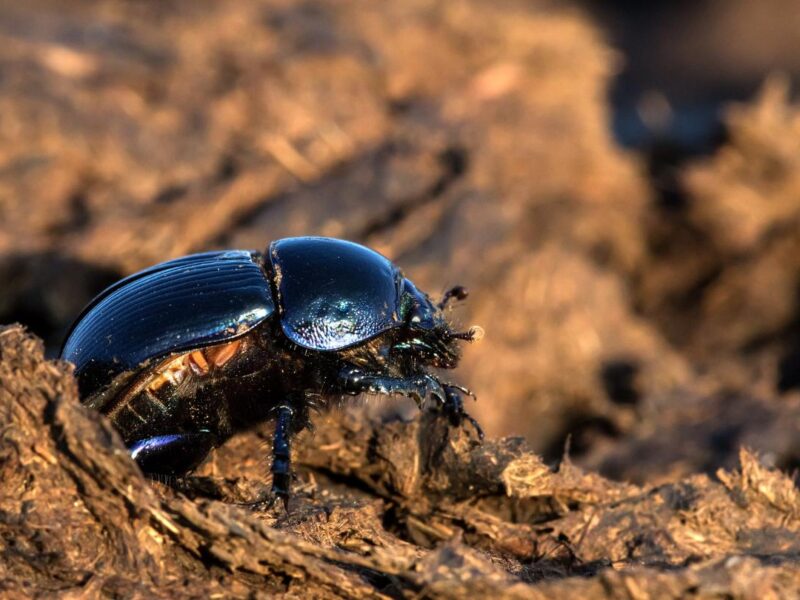Chet Robertson spends his time doing weird things in the mountains for a living. No, he’s not a professional rock climber, plein air nudist or a mule yoga instructor. He is a range rider. Robertson works with the Big Hole Watershed Committee to reduce livestock-carnivore conflicts on allotments on the flanks of Montana’s pioneer range. His job is to make wolves look for more honest meals than livestock by being unpredictable in his movements and applying his own presence as a deterrent.
Range riding can provide different benefits to livestock production on private and public lands. Strategically increasing human presence on rangelands can reduce conflicts with large carnivores, assist with intensive rotational grazing, help monitor herd and range health, and identify livestock depredations for confirmation and compensation. Yet, how range riding is applied can vary greatly based on the landscape, carnivores, and the priorities of the operation.
Manage the herd or manage the wolf
There are two distinct strategies for proactive range riding: one focuses on managing the herd, the other on managing carnivore behavior. To manage the herd, some riders will bunch their livestock to reduce vulnerability to carnivores or move cattle to avoid areas frequented by carnivores. If the primary strategy is to manage carnivores, riders focus their efforts on making wolves or bears uncomfortable around humans and livestock through adaptively applying predator deterrents in multiple forms.
Roberston is an expert at riding to manage carnivores. He spends his time on a four-wheel monitoring wolf pack dynamics and movement, while using his presence to make wolves uncomfortable. For the first two weeks of grazing seasons, he sets up game cameras and monitors tracks and scat to document the denning location and movement patterns of the pack. “One pack of wolves can be taken out through hunting or what have you, and the next pack will use many of the same places, the same travel routes, and the same resting spots,” says Robertson. Keeping these locations in mind, Robertson focuses his attention on highly trafficked denning sites and trails to gain a more intimate understanding of pack movement and land use.
“I want (wolves) to know that I’m there, and when I’m there, that I’m not regular. Then, I’ll start doing weird stuff.”
Range rider Chet Robertson
Keep the carnivores guessing
Once he understands the wolves’ location, pack size, and movement patterns, Robertson will strategically apply his presence and behaviors to make the wolves uncomfortable around people and livestock. Wolves are neophobic, meaning they fear new things. In order to target this fear, Robertson changes the way he moves through the landscape.
“I want (wolves) to know that I’m there, and when I’m there, that I’m not regular,” says Robertson. “Then, I’ll start doing weird stuff.”
From placing rocks on trails frequented by wolves, to moving erratically, and urinating and defecating where wolves have previously marked their territory, Robertson continually changes his behavior and acts in unpredictable ways to keep the wolves on their toes. “When (wolves) spend their time worrying about me… I think that they don’t get comfortable enough to where they are snooping around amongst the cattle,” Robertson says. “I think they’re just spending more time on the elk than the cattle. I believe that. And that’s the premise I work for.”





